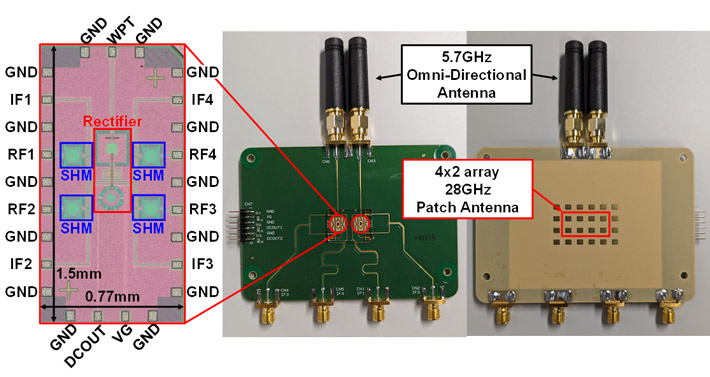
It all started at a Denny’s in San Jose in 1993. Three engineers—Jensen Huang, Chris Malachowsky and Curtis Priem—gathered at the diner in what is now the heart of Silicon Valley to discuss building a computer chip that would make graphics for video games faster and more realistic. That conversation, and the ones that followed, led to the founding of Nvidia, the tech company that soared through the ranks of the stock market to briefly top Microsoft as the most valuable company in the S&P 500 this week.
The company is now worth over $3.2 trillion, with its dominance as a chipmaker cementing Nvidia’s place as the poster child of the artificial intelligence boom—a moment that Huang, Nvidia’s CEO, has dubbed “the next industrial revolution.”
On...
Read More









Recent Comments